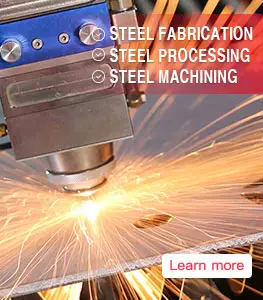Welcome to BBN Steel Materials Factory
DIN EN RSt37-2 Carbon High-strength Steel Coil

DIN EN RSt37-2 carbon high-strength steel coil is widely used in various engineering applications around the world. Its high strength and durability make RSt37-2 steel suitable for use in various industries, including construction, automotive, and aerospace. DIN EN RSt37-2 steel is a low carbon steel with a maximum carbon content of 0.17%. It has a minimum yield strength of 235 MPa and a minimum tensile strength of 360 – 510 MPa.
RSt37-2 low carbon steel coil is composed of various elements, including carbon, manganese, phosphorus, sulfur, and silicon. The manganese content helps improve the steel’s strength and toughness, while the silicon content provides excellent resistance to corrosion and high-temperature oxidation.
| Grade | Material Number | C Thickness (mm) | P | S | N | ||||||
|---|---|---|---|---|---|---|---|---|---|---|---|
| New | Previous | ≤16 | >16≤32 | >30≤40 | >40≤63 | >63≤100 | >100 | ||||
| RSt37-2 | 1.0038 | 1.0114 | 0.17 | 0.17 | 0.17 | 0.20 | 0.20 | by agreement | 0.050 | 0.050 | 0.009 |
RSt37-2 low carbon steel coil is commonly used in various types of structures, including buildings, bridges, and tunnels, due to its high strength and durability. The combination of its strength and low carbon content also makes it suitable for use in agricultural machinery, including plows and cultivators. RSt37-2 is often used in the automotive industry, where it is used to manufacture vehicle parts such as chassis and suspension components. Its high strength and low carbon content make it an ideal material for use in these applications, as it can withstand heavy loads and high stress conditions. RSt37-2 carbon steel coil is also used in the aerospace industry, where it is used in the manufacture of aircraft parts such as landing gear and engine components.
One of the main advantages of DIN EN RSt37-2 carbon and low-alloy steel is its high strength and durability, which make it suitable for use in a wide variety of applications. The steel coil also has excellent resistance to corrosion and high-temperature oxidation, making it suitable for use in harsh environments. Another advantage of RSt37-2 is its low carbon content, which makes it environmentally friendly and reduces the carbon footprint of the products manufactured using it. The low carbon content also makes it easier to fabricate and work with, which helps reduce manufacturing costs and lead times.
.webp)
.webp)
.webp)
.webp)
.webp)
.webp)
.webp)
.webp)
.webp)



Leave a Message